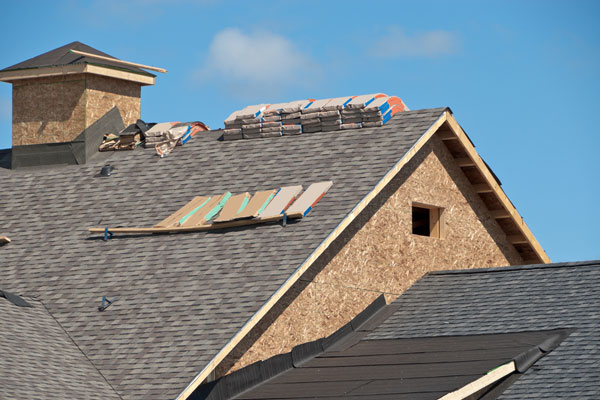Understanding the Importance of Roof Pitch for Evaluating Your Roof
Author: Sheryll Poe | July 10, 2023
You may not think one roof is altogether different from another, but there are many parameters that affect how your roof is structured and how it protects your home. Figuring out whether your house has a low-slope or steep-slope roof is an important factor in understanding how to replace or repair your roof.

It's important to understand how roof pitch (also referred to as slope) should guide your roofing decisions, and what questions to ask your roofing contractor when it comes to pitch, materials and weather resistance.
Slope vs. Pitch: Not the Same
While the two terms are often used interchangeably, slope and pitch are not exactly the same thing. Think of slope as the steepness of the roof. Slope is calculated as the vertical rise (in inches) over the horizontal run (the distance from the center to the gutters in feet) and is usually expressed as a ratio. If a roof has a vertical rise of four inches and a run of 12 feet, the ratio would be 4:12. A low slope is closer to flat (horizontal), while a high slope is very steep. Low-slope roofs are generally pitches of 3:12 or less, while steep-slope roofs are 4:12 or greater.
The pitch is the incline of the roof. It's the measurement of the roof's rise to its span (the distance across the entire building) and is expressed as a fraction. If a roof rises 4 feet over a 24-foot span, it would be reduced to 1 to 6, or 1/6.
The International Association of Certified Home Inspectors offers a helpful diagram of these measurements, along with more information on how to measure slope and pitch.
The Link Between Your Roof and Your Climate
The pitch of the roof also plays a part in how well the roof protects the house from rain, wind, sun and snow. A higher-pitched roof, such as a gable roof, sheds water, snow and ice easily but is more susceptible to damage from high winds.
With a low-sloped or flat roof, more water will collect and pool on the roof. This type of roof is not ideal for areas that get a lot of rain or heavy snowfall.
How Does Roof Pitch Affect What Materials Can Be Used?
In general, steep pitches use more materials to cover the roof's surface, and may require more or specialized labor, which drives up costs.
Asphalt shingles, the most common roofing material, can be used on roof slopes of 4:12 or greater using standard application methods. Asphalt shingles may be used on roofs with slopes of less than 4:12, but only if special low-slope application procedures are followed.
Low-slope roofs typically need a rubber membrane or metal roofing system to ensure that the roof will not leak if standing water collects on the surface.
Homeowner's Homework: Questions to Ask
To further understand the implications of your particular roof pitch, here are some questions you should ask your roofing contractor:
- What is the pitch of my roof?
- Do I have the proper runoff for my roof, or will I need to take additional steps?
- How does my roof pitch impact the materials we can use?
- How will it impact the price?
Determining your roof pitch doesn't have to be a major math challenge. A trusted roofing contractor can tell you exactly what type of roof you have and recommend the best materials for your home.